人教版九年级全一册英语|Unit1 How can we become good learners?思维导图
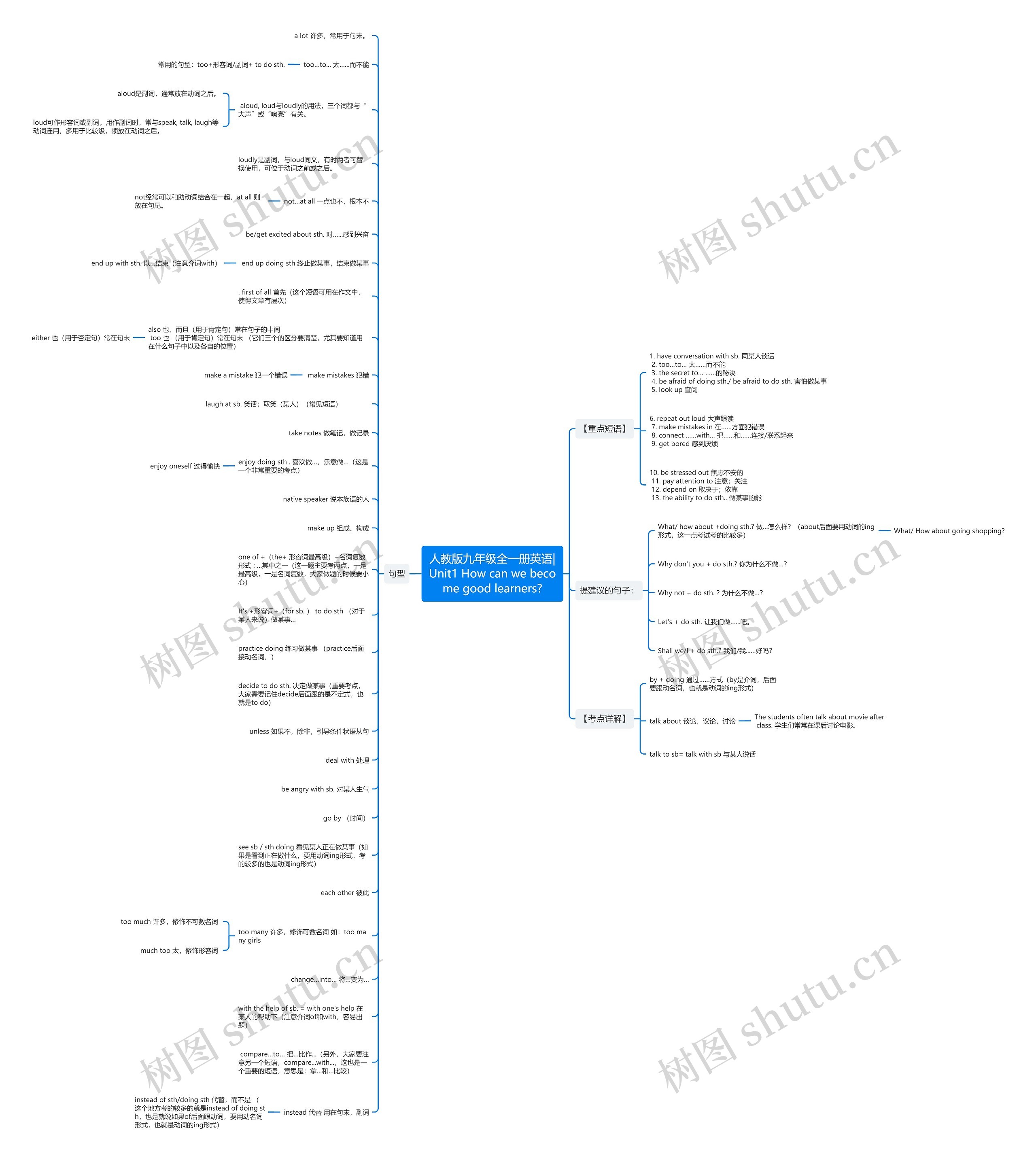
How can we become good learners?
树图思维导图提供 人教版九年级全一册英语|Unit1 How can we become good learners? 在线思维导图免费制作,点击“编辑”按钮,可对 人教版九年级全一册英语|Unit1 How can we become good learners? 进行在线思维导图编辑,本思维导图属于思维导图模板主题,文件编号是:39d03441319cce88a4577cac14025e6b
思维导图大纲
人教版九年级全一册英语|Unit1 How can we become good learners?思维导图模板大纲
【重点短语】
1. have conversation with sb. 同某人谈话 2. too…to… 太……而不能 3. the secret to… ……的秘诀 4. be afraid of doing sth./ be afraid to do sth. 害怕做某事 5. look up 查阅
6. repeat out loud 大声跟读 7. make mistakes in 在……方面犯错误 8. connect ……with… 把……和……连接/联系起来 9. get bored 感到厌烦
10. be stressed out 焦虑不安的 11. pay attention to 注意;关注 12. depend on 取决于;依靠 13. the ability to do sth.. 做某事的能
提建议的句子:
What/ how about +doing sth.? 做…怎么样?(about后面要用动词的ing形式,这一点考试考的比较多)
What/ How about going shopping?
Why don't you + do sth.? 你为什么不做…?
Why not + do sth. ? 为什么不做…?
Let's + do sth. 让我们做…...吧。
Shall we/I + do sth.? 我们/我...…好吗?
【考点详解】
by + doing 通过……方式(by是介词,后面要跟动名词,也就是动词的ing形式)
talk about 谈论,议论,讨论
The students often talk about movie after class. 学生们常常在课后讨论电影。
talk to sb= talk with sb 与某人说话
句型
a lot 许多,常用于句末。
too…to... 太…...而不能
常用的句型:too+形容词/副词+ to do sth.
aloud, loud与loudly的用法,三个词都与“大声”或“响亮”有关。
aloud是副词,通常放在动词之后。
loud可作形容词或副词。用作副词时,常与speak, talk, laugh等动词连用,多用于比较级,须放在动词之后。
loudly是副词,与loud同义,有时两者可替换使用,可位于动词之前或之后。
not…at all 一点也不,根本不
not经常可以和助动词结合在一起,at all 则放在句尾。
be/get excited about sth. 对…...感到兴奋
end up doing sth 终止做某事,结束做某事
end up with sth. 以…结束(注意介词with)
. first of all 首先(这个短语可用在作文中,使得文章有层次)
also 也、而且(用于肯定句)常在句子的中间 too 也 (用于肯定句)常在句末 (它们三个的区分要清楚,尤其要知道用在什么句子中以及各自的位置)
either 也(用于否定句)常在句末
make mistakes 犯错
make a mistake 犯一个错误
laugh at sb. 笑话;取笑(某人)(常见短语)
take notes 做笔记,做记录
enjoy doing sth . 喜欢做…,乐意做…(这是一个非常重要的考点)
enjoy oneself 过得愉快
native speaker 说本族语的人
make up 组成、构成
one of +(the+ 形容词最高级)+名词复数形式 : …其中之一(这一题主要考两点,一是最高级,一是名词复数,大家做题的时候要小心)
It's +形容词+(for sb. ) to do sth (对于某人来说)做某事…
practice doing 练习做某事 (practice后面接动名词,)
decide to do sth. 决定做某事(重要考点,大家需要记住decide后面跟的是不定式,也就是to do)
unless 如果不,除非,引导条件状语从句
deal with 处理
be angry with sb. 对某人生气
go by (时间)
see sb / sth doing 看见某人正在做某事(如果是看到正在做什么,要用动词ing形式,考的较多的也是动词ing形式)
each other 彼此
too many 许多,修饰可数名词 如:too many girls
too much 许多,修饰不可数名词
much too 太,修饰形容词
change…into… 将…变为…
with the help of sb. = with one's help 在某人的帮助下(注意介词of和with,容易出题)
compare…to… 把…比作...(另外,大家要注意另一个短语,compare...with...,这也是一个重要的短语,意思是:拿…和…比较)
instead 代替 用在句末,副词
instead of sth/doing sth 代替,而不是 (这个地方考的较多的就是instead of doing sth,也是就说如果of后面跟动词,要用动名词形式,也就是动词的ing形式)







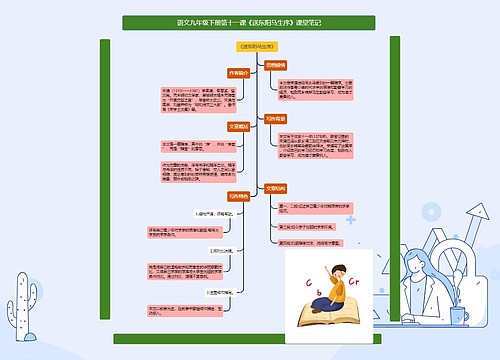
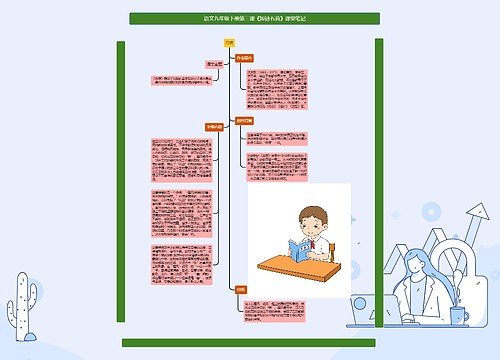
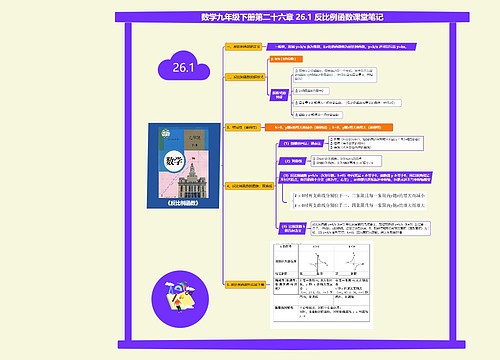
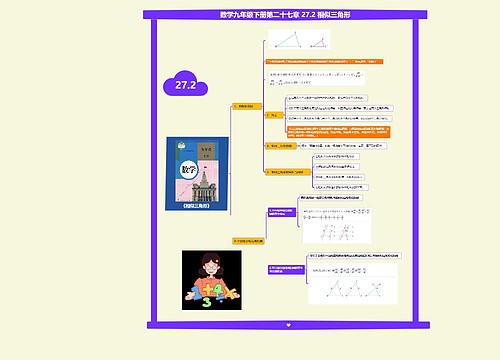
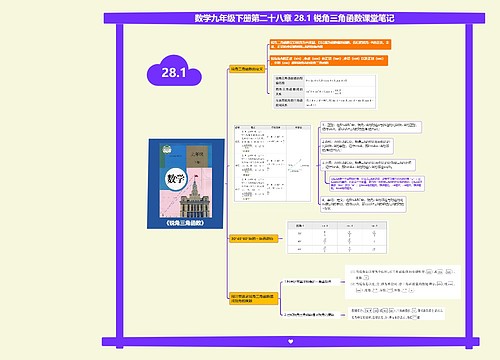
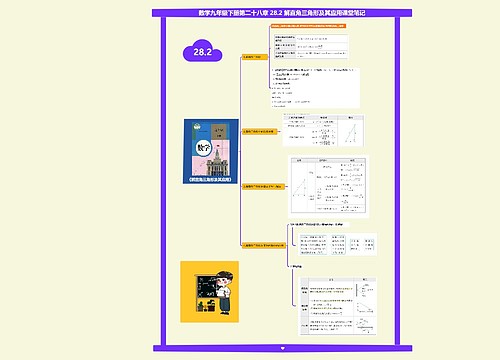
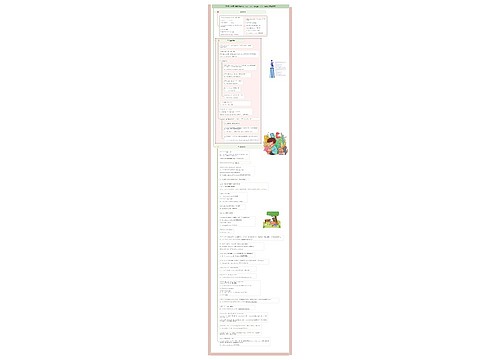
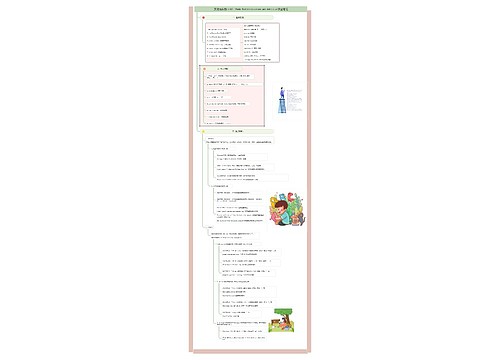
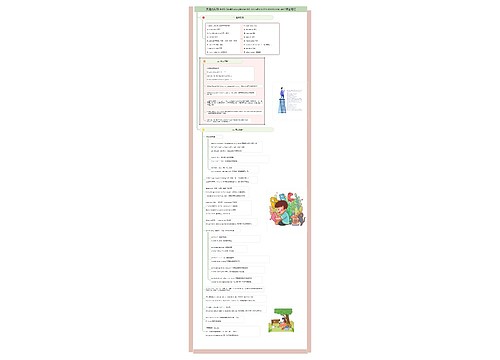
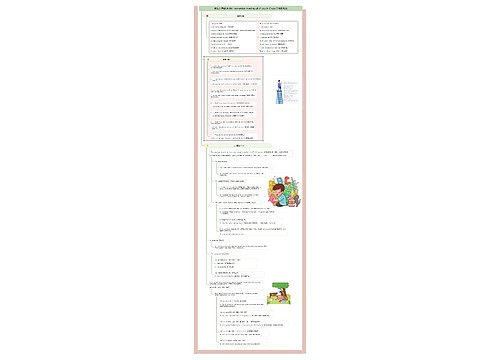

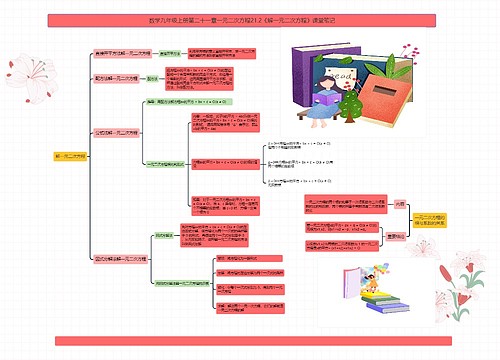
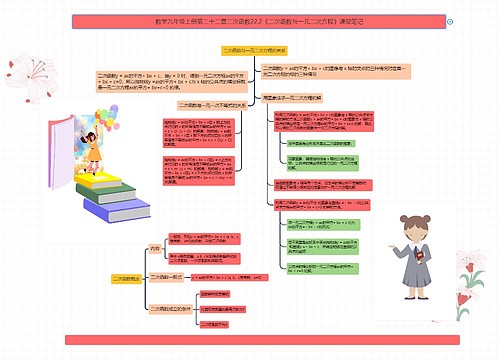
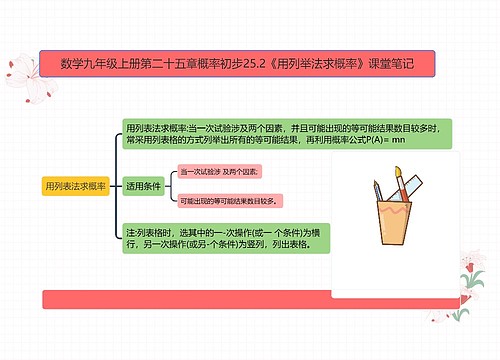


 上海工商
上海工商